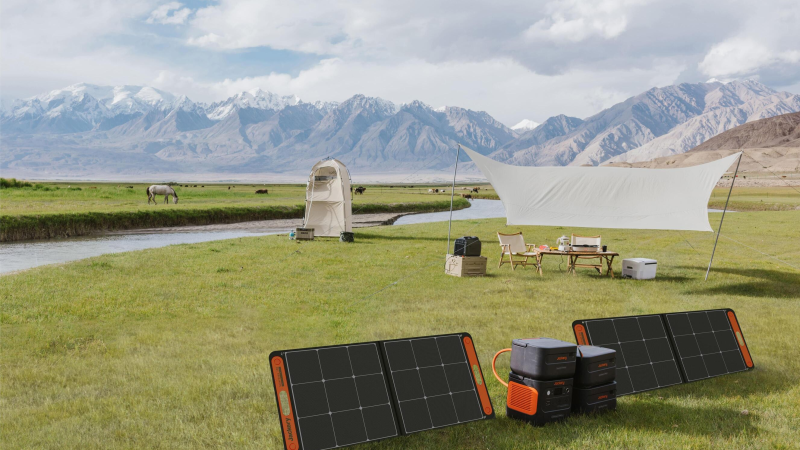Origins and History

VPU-2, also known as Special Projects Patrol Squadron Two, is a secretive unit within the United States Navy that specializes in intelligence gathering and surveillance missions . Established in 1969, VPU-2 has a long history of operating specialized aircraft, including the P-3 Orion and the P-8A Poseidon. This article will provide an in-depth analysis of VPU-2, exploring its origins, capabilities, and contributions to national security.
Origins and History
VPU-2 was formed on April 14, 1969, following a tragic incident involving a Navy EC-121M communications-intelligence plane over the Sea of Japan . The squadron initially operated the P-3 Orion aircraft, which played a crucial role in maritime patrol and reconnaissance missions. Over the years, VPU-2 has evolved and adapted to changing technologies and operational requirements.
In recent years, VPU-2 has transitioned to operating the P-8A Poseidon, a state-of-the-art maritime patrol aircraft . This transition has allowed the squadron to enhance its capabilities and improve its effectiveness in gathering intelligence and conducting surveillance operations. The P-8A Poseidon is equipped with advanced sensors and communication systems, enabling VPU-2 to collect and analyze vast amounts of data in real-time.
Mission and Capabilities
The primary mission of VPU-2 is to provide intelligence support to theater commanders and the Joint Chiefs of Staff. The squadron is responsible for conducting surveillance operations in various regions around the world, gathering critical information that aids decision-making at the highest levels of military command. VPU-2’s deployments are often classified and shrouded in secrecy, highlighting the sensitive nature of their work.
The P-8A Poseidon aircraft operated by VPU-2 are equipped with advanced radar systems, electro-optical sensors, and high-resolution cameras . These capabilities enable the squadron to detect and track surface vessels, submarines, and other potential threats to national security. The aircraft’s long-range and endurance capabilities allow VPU-2 to operate in remote areas for extended periods, providing persistent surveillance and intelligence gathering.
In addition to its surveillance capabilities, VPU-2 also contributes to search and rescue operations, humanitarian assistance, and disaster relief efforts. The squadron’s aircraft can be rapidly reconfigured to support these missions, showcasing the versatility of the P-8A Poseidon platform.
Contributions to National Security
VPU-2’s contributions to national security are significant but often undisclosed due to the sensitive nature of their operations. The squadron’s intelligence gathering and surveillance capabilities play a crucial role in supporting military decision-making and ensuring the safety and security of U.S. interests worldwide.
VPU-2 has received recognition for its outstanding performance and achievements. In 1999, the squadron was awarded the prestigious “Battle E” for its exceptional operational readiness and effectiveness . This recognition highlights VPU-2’s commitment to excellence and its dedication to fulfilling its mission.
Conclusion
VPU-2, the Special Projects Patrol Squadron Two, is a highly secretive unit within the United States Navy that specializes in intelligence gathering and surveillance missions. With a history dating back to 1969, VPU-2 has evolved and adapted to changing technologies and operational requirements. Operating the advanced P-8A Poseidon aircraft, the squadron provides critical intelligence support to theater commanders and the Joint Chiefs of Staff. While much of VPU-2’s work remains classified, its contributions to national security are invaluable.





